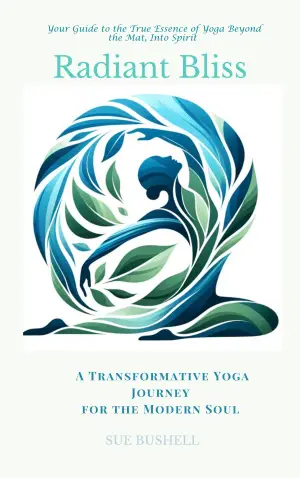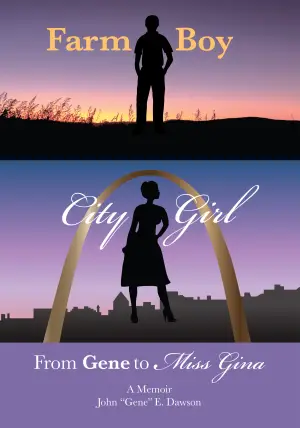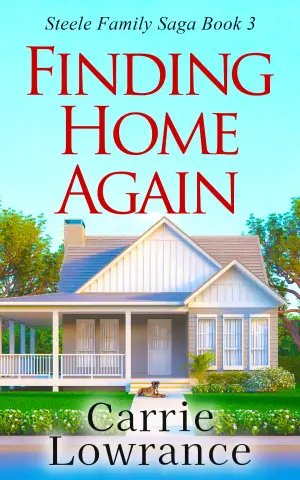Exploring Depths of Connection in Triangle
As I scrolled through my Goodreads feed, Triangle by Kim D. Weitkamp leaped out at me. The concept intrigued me—a tale woven around human relationships, emotional landscapes, and the often-tricky paths we navigate when seeking connection. There’s something about the intricacies of interpersonal dynamics that not only captivates but also ignites a sense of introspection, and I knew I had to dive into this story.
From the very first page, Triangle pulled me into a vibrant yet fragile world, spinning a narrative that revolves around three main characters: Mia, a passionate artist; Noah, a free-spirited traveler; and Jada, a grounded planner. Weitkamp meticulously crafts these characters, painting their lives with shades of ambition, vulnerability, and yearning. What struck me most was how relatable they felt—Mia’s struggles with self-doubt, Noah’s fear of commitment, and Jada’s quest for stability resonated deeply. Their triad of relationships forms the core of the book, exploring the complexities of love, friendship, and the delicate balance between dependence and independence.
Weitkamp’s writing style is both lyrical and approachable. The prose flows effortlessly, inviting readers to linger on beautifully crafted sentences while also propelling us through the story’s twists and turns. I found the pacing particularly engaging; moments of quiet reflection are seamlessly interspersed with bursts of intense emotional action, creating a rhythm that mirrors the characters’ own heartbeats. The narrative techniques employed—shifting perspectives and thoughtful flashbacks—offer a panoramic view of their intertwined lives, enriching our understanding of their motivations and vulnerabilities.
One quote that lingered with me long after I turned the last page is, “Connection isn’t always found in closeness; sometimes it thrives in space.” This profound insight encapsulates the very essence of the book. It reminded me that relationships can flourish not just through proximity but also through respect for individuality and personal growth. Weitkamp’s ability to weave such sentiments into the narrative gave me pause, urging me to reflect on my own connections and the spaces we sometimes create for love to breathe.
In the grand tapestry of modern literature, Triangle holds a unique place. It appeals to those who cherish character-driven stories packed with emotional depth and nuance. If you’re someone who enjoys contemplating the nuances of relationships and personal growth—much like a conversation with an old friend—this book is definitely for you. It may well encourage you to reevaluate your own connections, fostering that very spark of connection that Weitkamp so poignantly explores.
In conclusion, Triangle is not just a tale of three characters navigating their paths; it’s an invitation to reflect on our own journeys. As I closed the book, I felt enriched, pondering the delicate and powerful nature of human relationships. I wholeheartedly recommend it to anyone looking to lose themselves in a story that resonates, inspires, and prompts thoughtful conversations long after the last page is turned.










